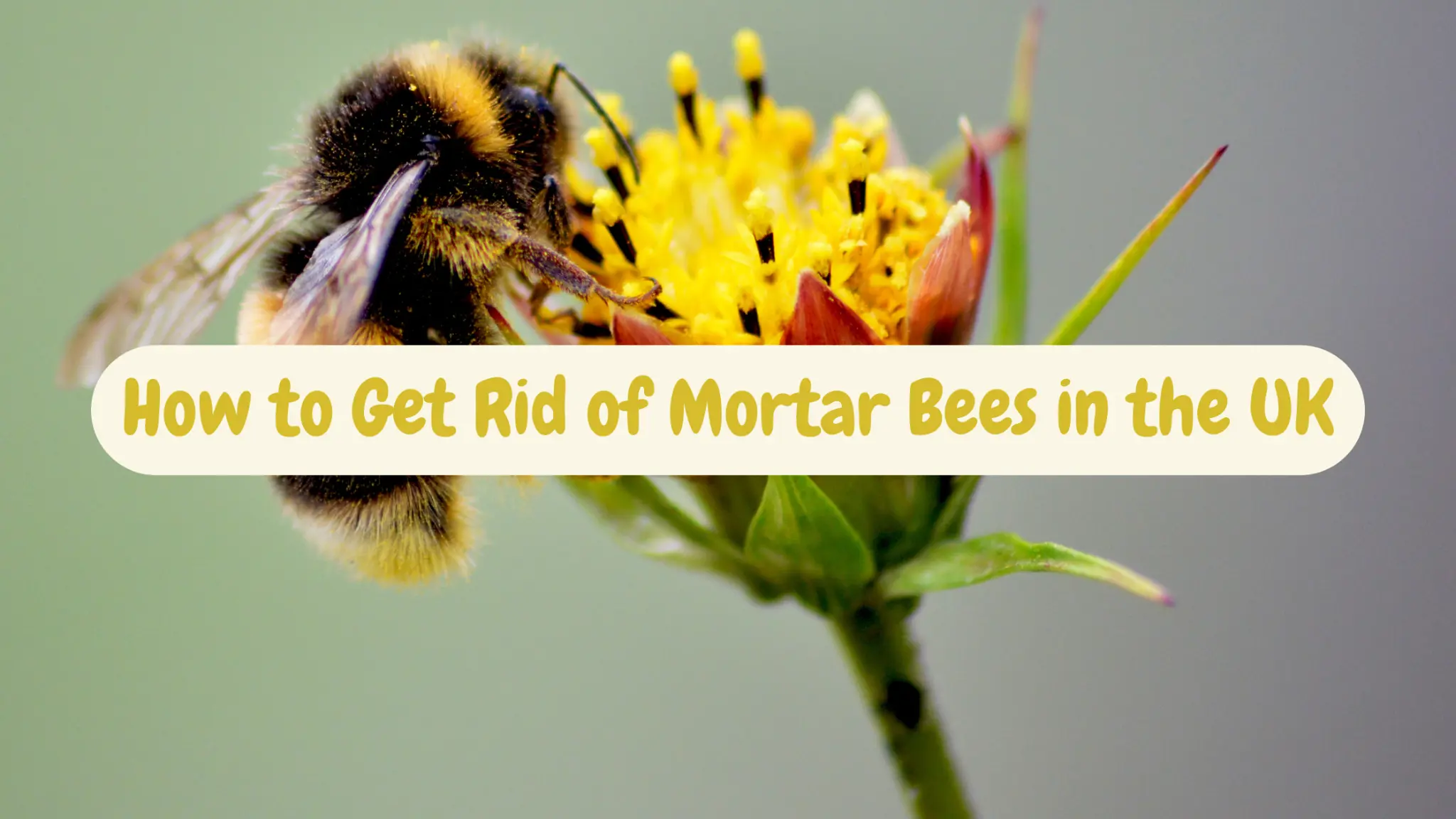How to Get Rid of Mortar Bees in the UK
Introduction
Mortar bees or mason bees are frequently met in Britain and they are a nuisance to people when they decide to build their nests in the mortar of a construction. Although they are useful pollinators, most of them pose a threat of causing damage to structures around their nest. This article will give a step-by-step guide on how to get rid of mortar bees in the UK being part of an identification guide and removal techniques.
Understanding Mortar Bees
Identification
Mortar bees are tiny, solitary bees, and often black or metallic blue. Instead of making colonies, they are solitary, and they build their nests in small cavities in brick walls and soft joints. Being solitary insects, each female builds her nest; this is normally in holes found in the mortar joints of bricks and may result in the creation of many entries within a single locality.
Lifecycle
Mortar bees are active in nest construction from the early spring and usually complete it by the end of the summer. Queen bees deposit eggs individually in the mortar, and each of them is provided with food from the pollen and nectar reserves. The eggs lay on the combs turn into larvae, and when the summer is over, they turn into adult bees.
Signs of Mortar Bee Infestation
Some common symptoms that can be observed in many cases of mortar bee infestation are round small holes in the mortar between bricks. These bees choose installations with soft, degrading mortar to build homes; it is advisable to manage your wall. The signs of increased bee movements in the building, especially near these holes, make it clear that the building is infested with bees.
Preventive Measures
Maintenance of Masonry
Making new recourse to the mortar by filling up all the existing holes and cracks that are apparent in the blocks. This not only keeps bees out but also preserves the structure of your building to the maximum. Another measure that can still be implemented includes the application of a bee-friendly sealant on the mortar so that bees cannot get to the mortar.
Plant Management
Cutting the flowering plants that are close to the buildings minimises the chances of bees visiting your compound. It may be possible to relocate colonies to more suitable places by either providing bee houses well away from buildings or actually moving bees and comb.
Removal Methods
Non-Chemical Methods
This is the process of taking bees using an insect vacuum and then releasing them away from the area. It is sensitive and must be done in a manner that would not harm the bees but would force them to leave and look for other sources of sustenance. Hosing is also another technique that can be used to discourage bees from seeking nesting areas in the mortar since it alters the conditions of the area.
Chemical Methods
Insecticides created for bees can be used in the appearance of the nesting holes. All the rules and regulations should be obeyed, and the effects on the bees should be taken into consideration. Pesticides in the form of dust used in injecting it directly into the nesting holes would be effective in wiping out the bees.
Long-Term Solutions
Professional Help
Professional pest control services should be called for proper and safer pest removal if the infestation is large. The professionals can also do masonry repairs and repointing. It prevents the future infestation of the bees.
Bee-Friendly Practices
Hawking of bee houses in gardens can go along way in ensuring the bees build their nest in the gardens, not on the buildings. Awareness creation among neighbours and communities on the status of mortar bees and their importance in the ecosystem and proper eradication methods can go a long way in assisting in controlling the bees.
Conclusion
Removing the mortar bees in the UK entails controlling and preventing them, constant check and eradicating them if necessary. With the compiled knowledge regarding their conduct, it is possible to safeguard one’s belongings and, at the same time, factor in the consequences to the environment. In the case that the issue continues, it is advised to consult a professional.




Post Comment